14 Oct 2010
0 Comments[Book Review]: First Principles: The Crazy Business of Doing Serious Science
First Principles: The Crazy Business of Doing Serious Science by Howard Burton
Published by Key Porter Books
WorldCat • LibraryThing • Google Books • BookFinder
Having met Howard Burton a number of times and getting to know his clear focus and overarching personal candour, this book presents a very personal story of building the Perimeter Institute for Theoretical Physics (PI) in Waterloo, ON. Overall, what emerges is a rare synergy between two remarkable individuals, Mike Lazaridis the philanthropist and Howard Burton charged to define and implement the fledgling Institute, who were singularly unafraid to break all existing rules and assumptions around what a Physics Institute should be like.
The somewhat rebellious social entrepreneurship both of Burton and philanthropist Mike Lazaridis shine through. Clearly such intense candour can be incendiary in a small town like Waterloo. In fact, what emerged when I saw Howard speak this week at his local book signing, was to underscore my sense that the pride and unique sense of community of Waterloo was absolutely essential to PI’s success. Paradoxically, taken to an extreme, this same pride can easily morph into the risk averse conservatism of a small town. Generally, Waterloo masters this balance, between pride and risk aversion, well, but both forces are at work, and my suspicion is that was always a major balancing act for Howard, being originally from Toronto and having worked globally before being parachuted into Waterloo to create and run PI.
Furthermore, although advancing the boundaries of knowledge, the academic research establishment can be surprisingly hidebound and conservative. I would suggest that without Howard and Mike’s personalities and clear sense of their mission, the whole thing couldn’t have materialized nearly so well. Building PI is a transformational act of future investment that is almost unprecedented in Canada or on the world stage for that matter. This is not dissimilar to why founders of startups aren’t always the right personality to build companies through the later growth stages.
This book really helps to show why PI may well be a major force in twenty-first century scientific advancement. And, considering Howard Burton’s age, I’m really curious what he’ll choose to do for an encore. Furthermore, I hope PI’s example will inspire more large scale social entrepreneuriship in Canada.
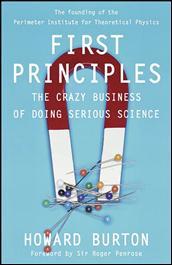

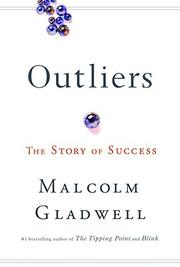
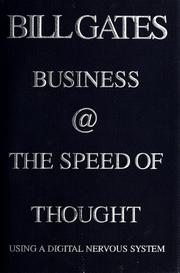


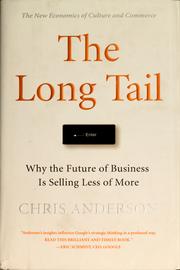

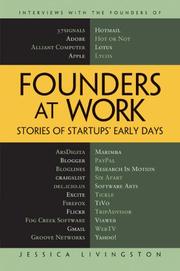
3 Aug 2012
0 Comments[Book Review]: The Idea Factory
The idea factory by Jon Gernter
Published by Penguin Press
WorldCat • LibraryThing • Google Books • BookFinder
A marvellous exploration of a research and innovation powerhouse that, even viewed from this age of innovation, surprisingly anticipated many approaches we think of as modern breakthroughs.
I’ve long admired Bell Labs and feel that many of its researchers and innovations interacted with an impacting my own career. While in University, the notion of working with or at Bell Labs was the highest aspiration for top thinkers in many fields. The Idea Factory is an engaging read and showed me how limited my understanding of that institution really was.
First of all, from the 1920s to the 1980s, it was way ahead of its time as an agent of innovation. The approaches were brilliant and could be applied today, including the notion of building architecture and organization structures to encourage interdisciplinary collaboration. Breaking down “knowledge silos” was definitely countercultural in a century known for specialization.
Secondly, the sheer number of transformational inventions, including the laser, transistor, fibre optics, satellite communications, the cellular mobile network, integrated circuits and the notion of information as digital that came from a single institution is both surprising and would be impossible in today’s world. Sadly, in the modern competitive marketplace, there is likely no room for a monolithic regulated monopoly, as was AT&T, to support such a single engine of innovation and basic research.
My primary connection with Bell Labs was through computer science with innovations such as UNIX and C Programming Language. The historical context this book outlines shows how surprising this is because AT&T was, by regulatory decree, precluded from entering the computer industry. That said, it is ironic that most of the inventions of Bell Labs, collectively contrived to make telecommunications as a separate industry obsolete. Instead, as predicted as early as 1948 by the remarkable information age seer, Claude Shannon, much of the modern economy has by transformed by our current digital age of networked and pervasive computing.
Lastly, Gertner explores the culture of those who drove innovation. Often eccentric, and to outsiders perhaps impossible or unemployable individuals, had the sheer force of will and brainpower to achieve breakthroughs that others either hadn’t even considered or thought impossible. Given my own small town origins, the deliberate strategy of finding these small town prodigies to populate the largest research-oriented brain trust in the world resonated.
All too often, societies believe that they are the first to master innovation. Sometimes we should stop and consider successful strategies from the past. Far from being solely a modern preoccupation, innovation has always been a hallmark of human advancement. Yet, with no clear place for a lucrative and regulated monopoly to fund pure research, where will the fundamental research of the future originate?
The book cites John Mayo, a former Bell Labs chief,
In a world driven by global markets and the quarterly thinking of Wall Street, we really do need to consider how our next leap of fundamental research will be unleashed. John Pierce, another Bell Labs chief summarized the “Bell Labs formula” in four main points:
Beyond learning from the wisdom of the leading research institution, where will we find the vision and resources to enable innovation on such a transformational scale? Beyond the Venture Capital and now Angel funded technology startup ecosystem, perhaps exemplars like Mike Lazaridis‘s pioneering Perimeter Institute of Theoretical Physics will chart a course for the 21st century.